Speech development milestones checklist
Activities you can do at home to help your person get unstuck
This article is part 1. It covers early stages of speech development.
Part 2 can be found here. It covers later stages of speech development.
As soon as a baby’s hearing develops in the womb (around 7 months) they will start to distinguish the sounds of their native language from other languages and give preference to their mother’s voice. Babies are born with a “bias for listening to speech” versus nonlinguistic sounds.
Language acquisition is an innate ability, just like a cat’s eyesight or a bird’s ability to fly [1–3]. But your little bird may be struggling to take off.
We created this document to:
- Help you understand the early phases of speech development,
- Show you that behaviors you see today may actually be signs of developing speech.
- Show you some things that you can do at home to help your person move from one stage to the next, even if they seem stuck.
Your person may be more advanced than you think.
If he/she has been struggling to take off for years, our experience with brain plasticity and Sensory Enrichment is that anything is possible, even with adults.
Communication begins with emotion
Linguists usually say that the process of producing speech looks like this:
Idea -> Plan -> Utterance [4]
However, we believe something else comes first, even before you have an idea you need to express: Empathy.
Someone has to be listening or why bother getting outside of your own head? An emotional connection and understanding come first. And so we propose that the process of communicating looks like this:
The challenge for individuals with autism is that they usually display different empathy levels than their typically developing peers.
Some believe that they feel and display lower levels of empathy.
We subscribe to another theory.
We believe they feel and display much higher levels of empathy. Their struggle may be instead to identify their feelings and to communicate them to us. [5] Whichever theory is closest to the truth, could it be that this emotional key is one of the missing pieces in a nonverbal person’s path to speech?
Your preliminary score
Before you look at the following checklist, how would you score the language development of your family member?
0%?
10%?
25%?
50%?
90%?
After reading through this document, please return to your preliminary score and see if you feel like your initial assessment should be updated.
The Checklist
Where is your nonverbal child on this speech development scale?
- Eye contact and Smiling back
- Blowing saliva bubbles and spitting
- Putting their hands and other things into their mouth
- Biting
- Making sounds and Vocalizing
- Imitating your sounds
- “Mama, Dada”
- First word
- First 10 words
- Putting words together
- Formulating sentences
- Real conversations
This article, Part 1, covers stages 1 – 6. Part 2 covers later stages 7 – 12.
If your person seems to have skipped a step or two, don’t worry about it right now. While “unfinished business” is a real thing in brain development, for the purpose of this article, we recommend that you focus on the highest developmental milestone achieved by your person and on helping them move up to the next one.
1. Eye contact and smiling back
Birth to 4 months in a typical infant
The first step on the way to verbal communication begins with emotional connections.
As early as their second day of life, most neurotypical infants prefer to look at a face with open eyes rather than one with closed eyes. [6]
Two-month-old infants focus their gaze on the mouth of the person looking over the crib. At this very early age, they are able to recognize if a person is speaking to them in their mother tongue or a foreign language. That first smile and first acknowledgement of language are the first communication of love and acknowledgement between parent and child [7,8].
As an infant reciprocates communication by smiling and making eye contact they demonstrate their own feeling of belonging, safety, and happiness. These babies are aware of and will attempt to imitate their parents’ facial expressions, gaze, and even eyebrow movement. This silent exchange is the first step in bonding and communication.
Emotional Connection Delay?
Research now shows that the lack of eye contact is one of the first signs of autism in a baby. Eye contact is the first stage of communication, the first shared emotional experience between you and your child, and plays a determinant role in the development of speech. [9–11]
The limited eye contact with children with autism can sometimes be ignored, but the absence of this shared smile is a secret pain for many parents. Don’t give up hope, and never give up trying!
Caregiver responsiveness, that is, how warm, sensitive, and responsive you are towards your child, is essential in encouraging your child’s desire and ability to maintain this kind of joint attention or shared emotion [12].
Don’t force eye contact!
Eye contact is not absolutely necessary for healthy speech development. It is not a sign of disrespect or a relationship concern.
Individuals with developmental delays who don’t make eye contact just can’t. Autistic adults explain how physiologically painful maintaining eye contact can be [13].
To encourage your person, we recommend that you invite and praise them. They will make as much eye contact as they can.
If this is not enough, know that with Sensory Enrichment Therapy children and adults gradually lose the discomfort associated with eye contact and this issue fades away.
Stickers on the nose
For children who have difficulty with eye contact, try this game. Instead of forcing them to look at your eyes, place a red sticker on your face.
The colour red is used in signs that need to catch our attention because this is the slowest colour on the spectrum and is processed last. We can use that to our advantage.
Note: too much red can also be aggravating to people with sensory processing sensitivities.
After your person has noticed the sticker on the end of your nose, turn to the mirror and have them observe as you place a sticker on the tip of their nose.
You can also place stickers on different parts of their face and yours as you emphasize a whole range of emotions and facial expressions.
2. Blowing saliva bubbles and spitting
Birth to 5 months in a typical infant
Shortly after the first step of eye contact, a typically developing baby will “blow raspberries.” This is like a warm-up exercise for the physical features involved with speech production:
- Breath control,
- Saliva production,
- Fine motor control of the lips, tongue, and cheeks. [14]
This type of intentional vocal play is like a footwork drill to prepare the first word’s game day.
Stuck playing with saliva?
Individuals stuck at this level may spit a lot.
We had a client who spat in the direction of the sun to observe the mini-rainbows he created. Another one of our clients had tons of fun spitting in the mirror and smearing it on the mirror. It was great entertainment for him.
Typically people don’t vocalize at this level. They often seem unaware of what is going on around them, even when they are not playing with their bubbles.
Recognize that what they are doing is a clue of their speech development level. Try not to be bothered by the appearance of their games. The good thing is that they have developed a sense of control of their environment and of how to interact with it, and it is fun for them. Don’t take away from them the little they have if you can.
Incorporate new dimensions
Helping a person move from “blowing saliva bubbles” to “mouthing” is best done by accelerating brain development through enrichment, but something that could help you right now is adding a new dimension to their spitting play.
Music
For example, you could play some fun music while your family member spits and smears on the mirror. Adding auditory processing can help broaden their capacity and interests, starting from a place where they are comfortable.
Because spitting is done during an engaging and pleasurable activity, it can promote the creation of new connections. Again, this is better done in the context of a complete enrichment program.
Facial expressions in the mirror
Another dimension you can add to their spitting play could be social play. We speak in more detail about imitating sounds and imitating facial expressions in a later section. Essentially, you make faces in the mirror to each other.
3. Putting their hands and other things into their mouth
Age 3 to 5 months in a typical infant
As the brain organizes hand-eye coordination, your little or big person will start to put their fingers or entire hand in their mouth. For a while, their mouth will become their preferred place to “touch and feel” things since this is a familiar place for them to do that. [15]
By the way, babies are usually getting ready for solid foods at this point and very soon they will be experimenting with chewing as well. Learning to chew and swallow is fine motor development that will be useful when learning to pronounce words.
As your family member discovers new textures and shapes, he or she will build new abilities essential for speech development. It’s important to encourage this intentional play and discovery as your person connects to the world around them; it’s like yoga for neurons.
Is your family member still mouthing?
As with the previous speech developmental milestones, even if your person appears “stuck”, it’s important not to discourage them from mouthing. They need to build on that skill to reach the next developmental step.
As with blowing saliva bubbles, we can help them move on by adding a new dimension to their chosen activity.
Experiment with flavors, textures and temperatures
What you can do is offer food sticks for them to explore with their mouth if they are interested.
For our picky eaters that may not be interested in objects that look like food, try licorice. It doesn’t look like food. It looks like a twig but it releases a novel and unexpected natural flavor. Vanilla beans could also work.
Consider also dipping his favorite toy in something interesting or storing it in the freezer for a cold sensation.
Hand play
Another very good way to help your person progress to the next language development step from the mouthing stage is to play with their hands.
Buttons
Games like the ones that have lots of small buttons and different noises can help to continue develop hand eye coordination and individualization of fingers.
You can give him or her an old cell phone or an old remote that has small buttons that give more texture and require more pressing than a tablet. If your family member plays with tablets, look for tracing activities and games that require fine dexterity.
Ice
A popular Sensory Enrichment Therapy protocol is “Find the Marble in Ice Cubes.” If your person is fully grown, it may be more appropriate to use a large and heavy object and large ice cubes.
Tug-o-war
Another popular protocol is “Finger Gym,” which is essentially a finger tug-o-war game that you can play with buttons, thread or anything that your family member would have fun trying to grab from you using his or her pincers.
4. Biting
Age 5 to 6 months in a typical infant
The next crucial step of speech development can be unpleasant, especially when it arrives later, in a full grown body. At this stage, the person needs to improve mandibular control and jaw strength for chewing and to produce certain sounds.
Biting experimentation typically goes along with the capacity to chew solid foods for typically developing babies. It is also the stage at which these babies start to vocalize.
Worried about chewing and biting?
Again, as this is a developmental step for language development, refrain from scolding your family member for biting and chewing on things, unless of course it is illegal, immoral or dangerous.
It may be temporarily useful to redirect the biting to chewing on a chew toy or on healthy snack, such as dried fruit, fresh fruit, nuts.
A note here about chew toys. Using chew toys rather than food items may reinforce chewing as a coping mechanism for anxiety. Have you ever found yourself chewing on your pen when trying to figure out a problem at work or at home? If biting is an anxiety release, then what you need to do is look for the trigger, the source of stress and solve the problem there. At Mendability we have methods of increasing resilience against anxiety and stress, and so we don’t have to use chew toys.
How to help your person move on to the next level of speech development?
Our recommendations for this “Biting” stage are the same as the ones we made for the “Mouthing” stage:
5. Making sounds and vocalizing
Age 5 to 6 months in a typical infant
This stage of language development generally happens around the same time as the mouthing and biting stages in typically developing babies. [12,13]
They are becoming familiar with their own voice and they are starting to imitate their parents who tend to make a lot of cute sounds too when they talk to them.
When the person is older, rather than coo-ing sounds or other condescending language, consider using grammatically correct sentences. We discuss this in more detail in later sections of this article.
Read to them to promote language development
The best way to help them move on to the next language development step is to read stories to your person. Use this moment to expose them to a range of inflections, tones, sounds and even vocabulary. You would be surprised how much they actually understand, even at a very young age.
As they listen to you read with expression in a relaxed and comforting context they will learn to associate your voice and the act of speaking with pleasure, which is especially important if you are working with a grown child or adult who is usually only talked to in a pressured context, when someone needs something from them.
A word on loud voices around speech delayed children
Have you noticed that family or therapists, and maybe even yourself, get louder around your family member? Remember that they are not deaf. It reminds me of something funny that I have seen my mother-in-law do when she travels to foreign speaking countries. I think she believes that if she speaks English louder it will help them understand her better.
You must be aware that children on the autism spectrum often have sensory processing issues that make them particularly sensitive to noise. [14–16] They may not always cover their ears, but they may still hear more than you do. For example, it is not uncommon for them to have perfect pitch. Also, the louder you speak, the less you modulate your tone, which makes your conversation lose meaning. All this to say that if there is someone in your family who would appreciate whispering the most it is probably the one who speaks the least.
Does your family member shout too?
For protest?
The first reason he or she may be screaming we would like to explore is that they may be protesting. They may also be vocalizing a want, need or even pain. Do they want to go play outside? Is it an ear infection? Is she hungry?
One of our clients screamed every time at the exact same spot on the ride home from school. One day they decided to stop there and see what could be upsetting about this spot. Could it be a store he wanted to visit? A photo in a window? When mom stopped the car and stepped out it became obvious what it was. There was a building producing a high pitch hiss from an exhaust vent and it was really loud. Their son could hear it and was bothered by it, even over the general ambient noise. They have a new route since then.
Experimenting?
Another reason for the screaming might be that your family member is experimenting with their voice and, if you have been loud too, they may be thinking that this is how people are supposed to speak.
When a baby is thus experimenting, it’s cute. When a 200-pound 15-year-old is screaming and has been for the past 12 years, it is exhausting and it doesn’t prompt the praise and play that would encourage a baby to develop that skill further.
So, what do you do when the only thing you feel like doing is to shout back?
Whisper.
Drown out noise?
Sometimes, the environment is so loud it feels better to hear your own voice than all of the hums, voices, clicks, vrooms, wooshes, buzzes, hisses, bangs, etc.
Dr. Temple Grandin explained, referring to her own childhood experiences, that stimming “may counteract an overwhelming sensory environment, or alleviate the high levels of internal anxiety these kids typically feel every day.” [17]
The Mighty asked autistic adults why they stim. Here is what Kristy had to say: “Get them out of the situation. Don’t yell over them or get upset or angry. Remember, we are overwhelmed by the environment. Don’t be overwhelming yourself. Listen to your child. Respect their space and body. Don’t go touching or forcing them to talk or something.” [18]
If drowning out the noise is their objective, try giving them noise cancelling headphones. It may decrease the volume of their vocalizing.
For fun?
Finally, maybe screaming is just fun for him or her.
Maybe they like the buzz in the back of the jaw.
Maybe they think they are singing a beautiful tune.
6. Imitating your sounds
Age 5 to 12 months in a typical infant
At first, in the typically developing child’s world, a baby’s coos and goos will start in the back of the throat and approximate, but not quite match the kinds of vowels mom and dad produce. But as the baby starts to understand that sounds connect them to their parents, they will imitate more and more recognizable sounds.
When this stage of language development is reached at an older age than typically developing children, this imitation may also involve repeating some sounds over and over.
Explore facial expressions
Imitation of sounds, facial expressions as earlier discussed, and hand motions activates Broca’s area, a region of the brain with functions linked to speech production. By stimulating these neurons through imitation your family member strengthens those speech production functions and prepares the brain to produce independently. [23]
Facial Expressions with Art
Spending focused time looking at fine art does wonders to the brain. At this stage of speech development, examining portraits with strong facial expressions and asking your person to imitate them with you can strengthen the development of emotional connections and help the move to the next level, which is to connect with you and imitate you.
Feel free to experiment and make this game as much as you would like. You can incorporate fun actions at the same time, or alternate between a few seconds of portrait imitation and something upbeat like pat-a-cake.
Families who implement Sensory Enrichment Therapy have access to a therapy coach who helps them develop techniques to make the protocols as engaging as possible to ensure good stimulation.
END OF PART 1
Part 2 can be found here. It covers later stages of speech development.
References
1. Kisilevsky BS, Hains SMJ, Brown CA, Lee CT, Cowperthwaite B, Stutzman SS, et al. Fetal sensitivity to properties of maternal speech and language [Internet]. Infant Behavior and Development. 2009. pp. 59–71. doi:10.1016/j.infbeh.2008.10.002
2. Vouloumanos A, Werker JF. Listening to language at birth: evidence for a bias for speech in neonates. Dev Sci. 2007;10: 159–164. doi:10.1111/j.1467-7687.2007.00549.x
3. Lenneberg EH. Biological foundations of language [Internet]. 1967. Available: https://books.google.com/books/about/Biological_foundations_of_language.html?hl=&id=K2hqAAAAMAAJ
4. Berg T, Levelt WJM. Speaking: From Intention to Articulation [Internet]. The American Journal of Psychology. 1990. p. 409. doi:10.2307/1423219
5. Gaigg S. People with autism don’t lack emotions but often have difficulty identifying them. In: The Conversation [Internet]. 2014 [cited 30 Sep 2019]. Available: http://theconversation.com/people-with-autism-dont-lack-emotions-but-often-have-difficulty-identifying-them-25225
6. Boisferon AH de, de Boisferon AH, Tift AH, Minar NJ, Lewkowicz DJ. Selective attention to a talker’s mouth in infancy: role of audiovisual temporal synchrony and linguistic experience [Internet]. Developmental Science. 2017. p. e12381. doi:10.1111/desc.12381
7. Csibra G. Recognizing Communicative Intentions in Infancy [Internet]. Mind & Language. 2010. pp. 141–168. doi:10.1111/j.1468-0017.2009.01384.x
8. Kuchuk A, Vibbert M, Bornstein MH. The perception of smiling and its experiential correlates in three-month-old infants. Child Dev. 1986;57: 1054–1061. Available: https://www.ncbi.nlm.nih.gov/pubmed/3757600
9. Koegel LK, Koegel RL. Motivating Communication in Children with Autism [Internet]. Learning and Cognition in Autism. 1995. pp. 73–87. doi:10.1007/978-1-4899-1286-2_5
10. Thach BT. Maturation and transformation of reflexes that protect the laryngeal airway from liquid aspiration from fetal to adult life. Am J Med. 2001;111 Suppl 8A: 69S–77S. doi:10.1016/s0002-9343(01)00860-9
11. Rochat P. Chapter 10 Hand-Mouth Coordination in The Newborn: Morphology, Determinants, and Early Development of A Basic Act [Internet]. Advances in Psychology. 1993. pp. 265–288. doi:10.1016/s0166-4115(08)60956-5
12. Gergely G, Bekkering H, Király I. Rational imitation in preverbal infants. Nature. 2002;415: 755. doi:10.1038/415755a
13. Jones S, Yoshida H. Imitation in infancy and the acquisition of body knowledge [Internet]. Early Development of Body Representations. pp. 207–226. doi:10.1017/cbo9781139019484.016
14. Khalfa S, Bruneau N, Rogé B, Georgieff N, Veuillet E, Adrien J-L, et al. Increased perception of loudness in autism. Hear Res. 2004;198: 87–92. doi:10.1016/j.heares.2004.07.006
15. Bruneau N, Roux S, Adrien JL, Barthélémy C. Auditory associative cortex dysfunction in children with autism: evidence from late auditory evoked potentials (N1 wave-T complex). Clin Neurophysiol. 1999;110: 1927–1934. doi:10.1016/s1388-2457(99)00149-2
16. Boddaert N, Belin P, Poline J-B, Chabanne N, Mouren-Simeoni M-C, Barthelemy C, et al. Temporal love dysfunction in autism: a PET auditory activation study [Internet]. NeuroImage. 2001. p. 1028. doi:10.1016/s1053-8119(01)92362-6
17. Stimming:The Good and Bad Side of Anxious Behaviours. In: Autism Awareness [Internet]. 15 May 2019 [cited 30 Sep 2019]. Available: https://autismawarenesscentre.com/stimming-the-good-and-bad-of-anxious-behaviours/
18. Autistic Adults Share What Helped (and What Didn’t) Manage the Stress of the Holidays. In: The Mighty [Internet]. 14 Nov 2018 [cited 30 Sep 2019]. Available: https://themighty.com/2018/11/holiday-stress-autism-spectrum/

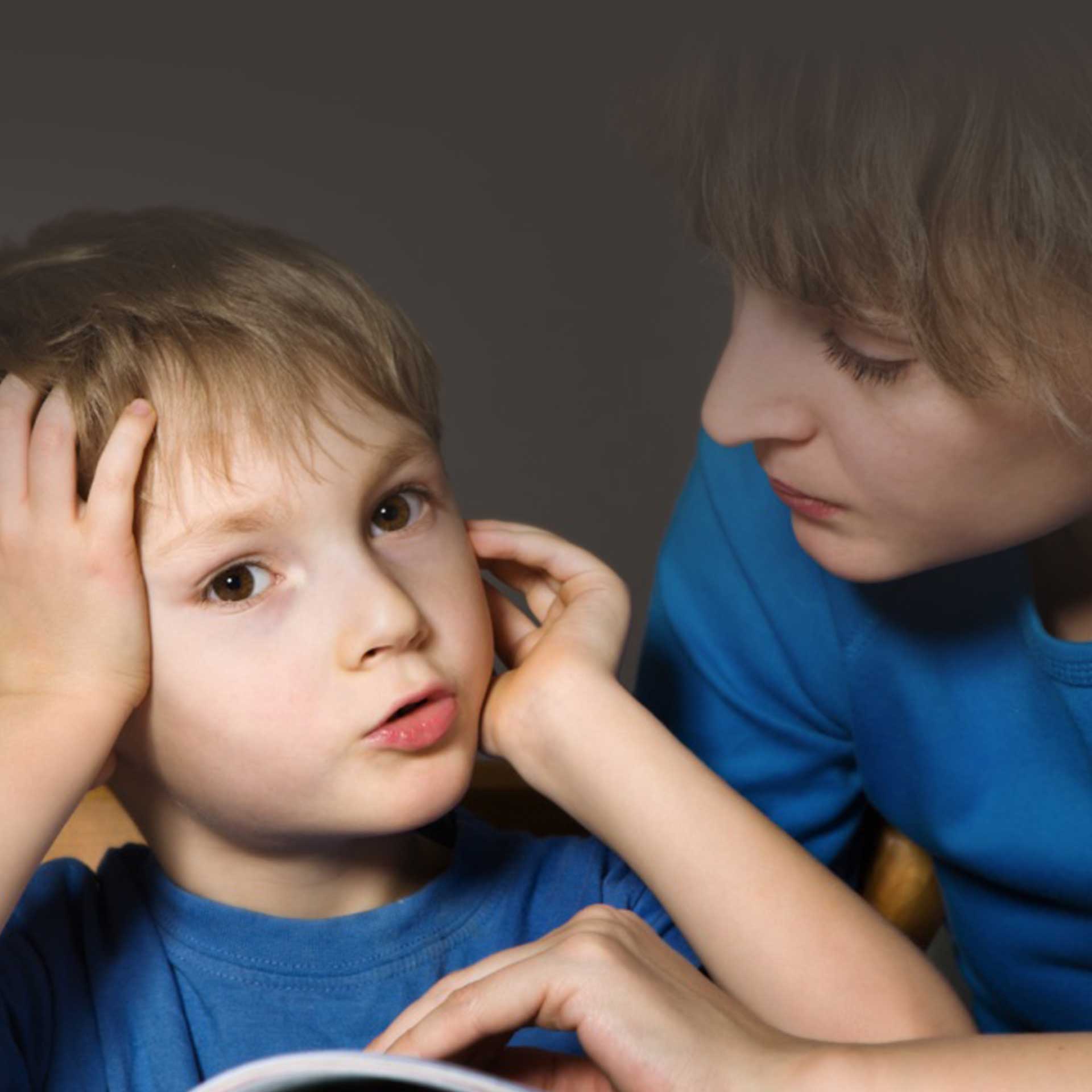

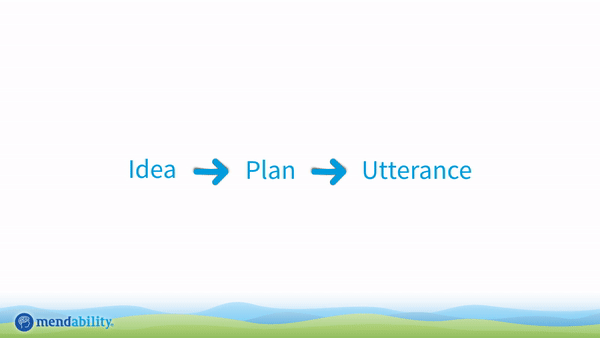
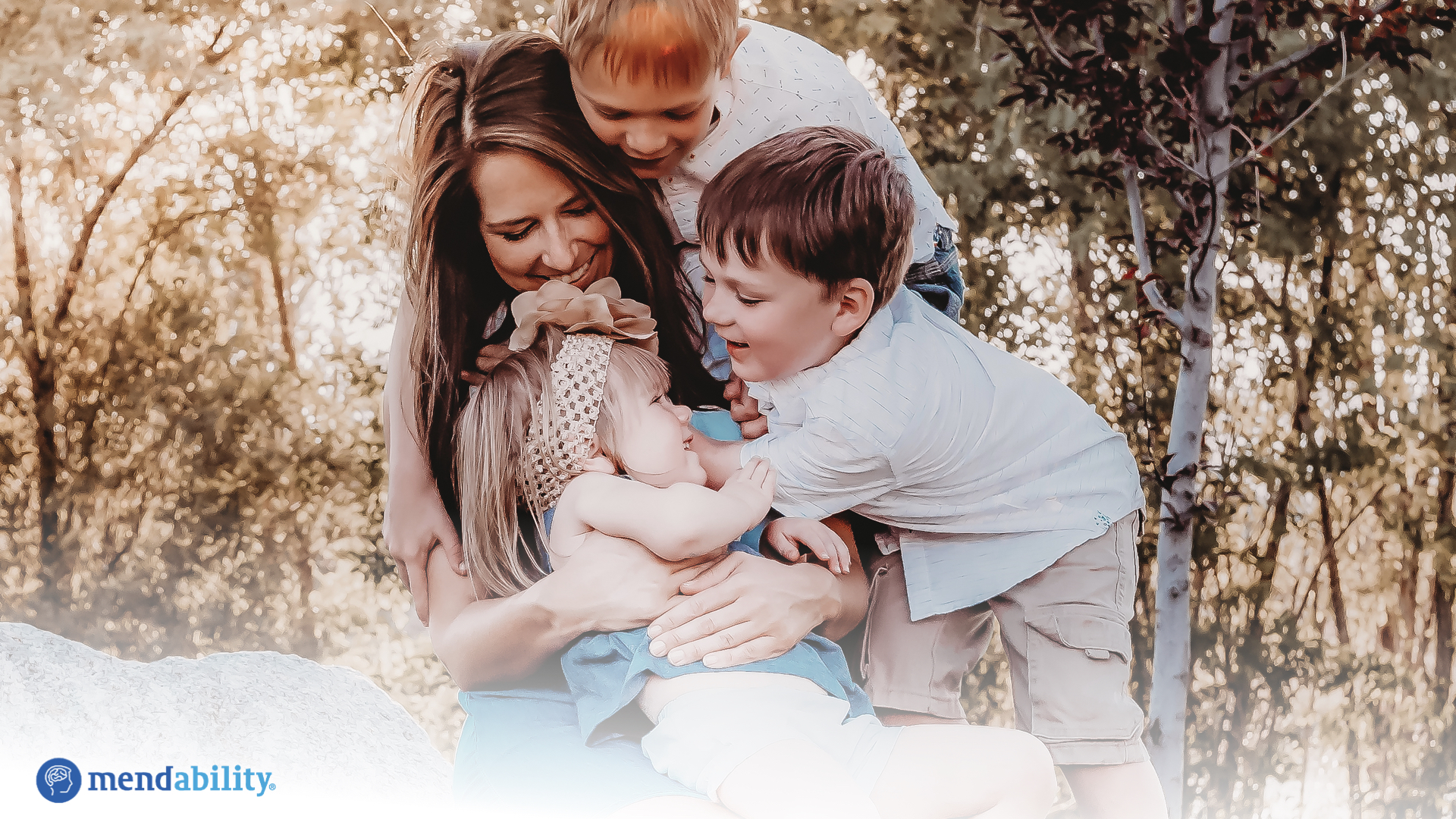

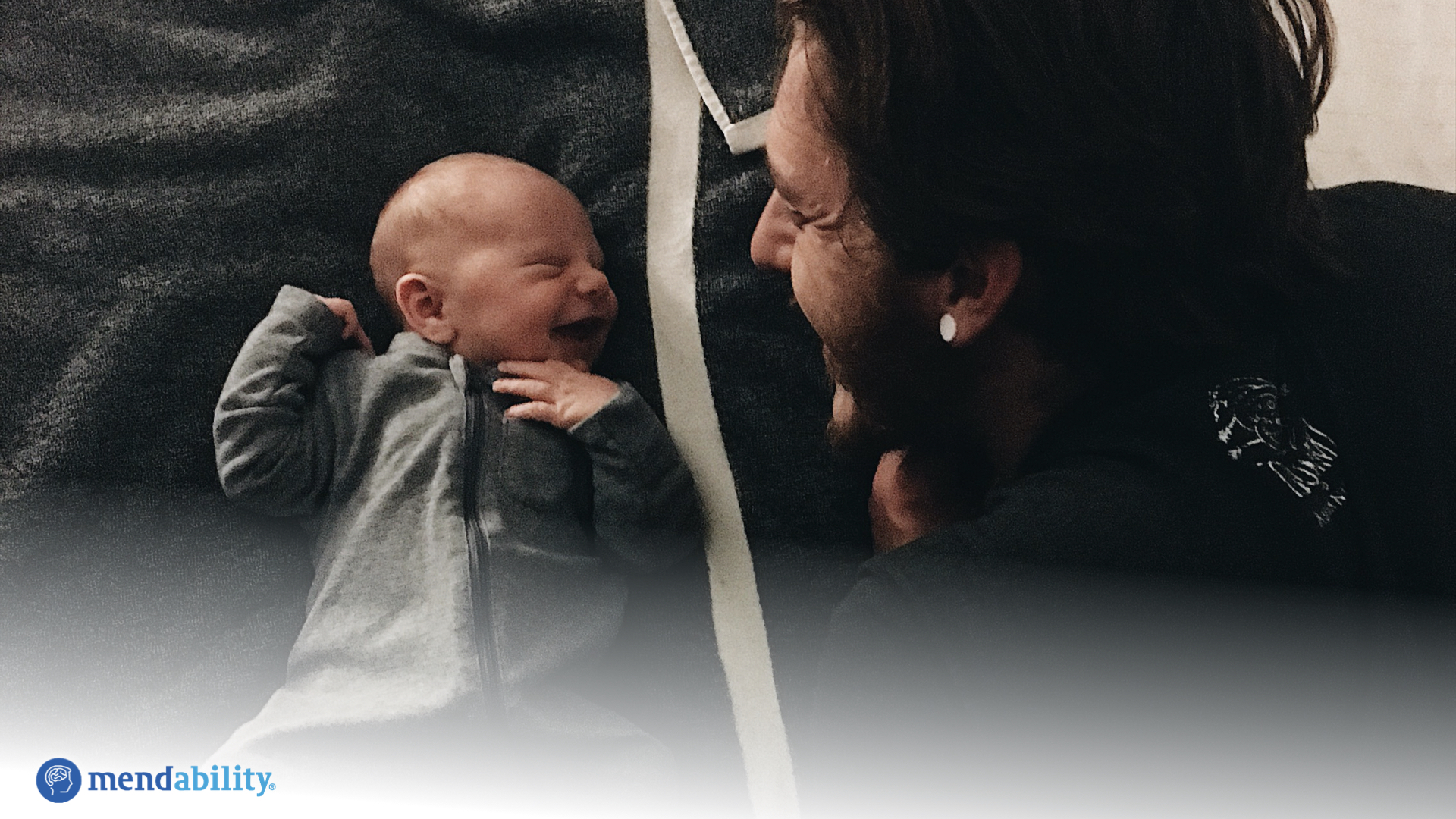
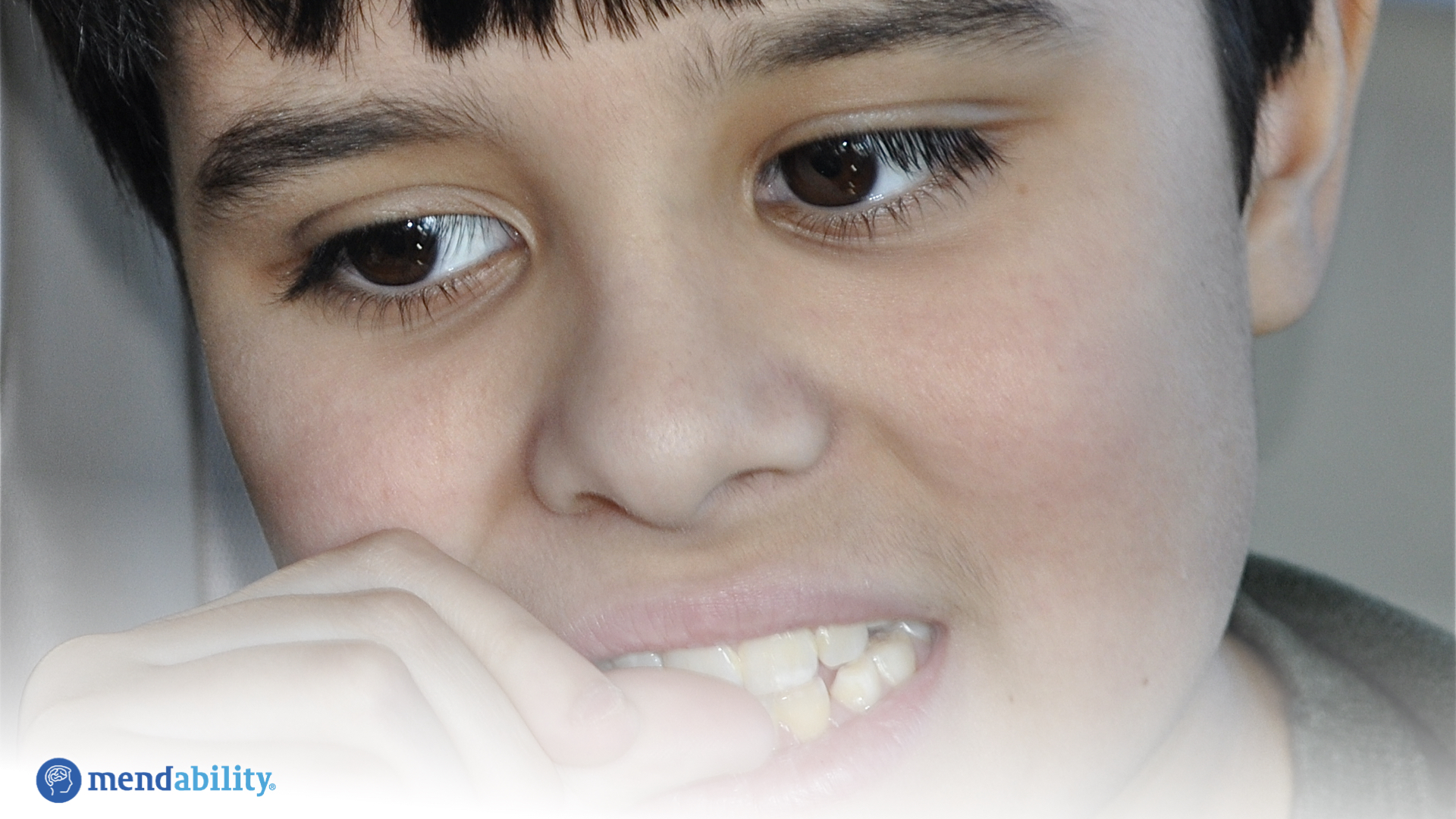
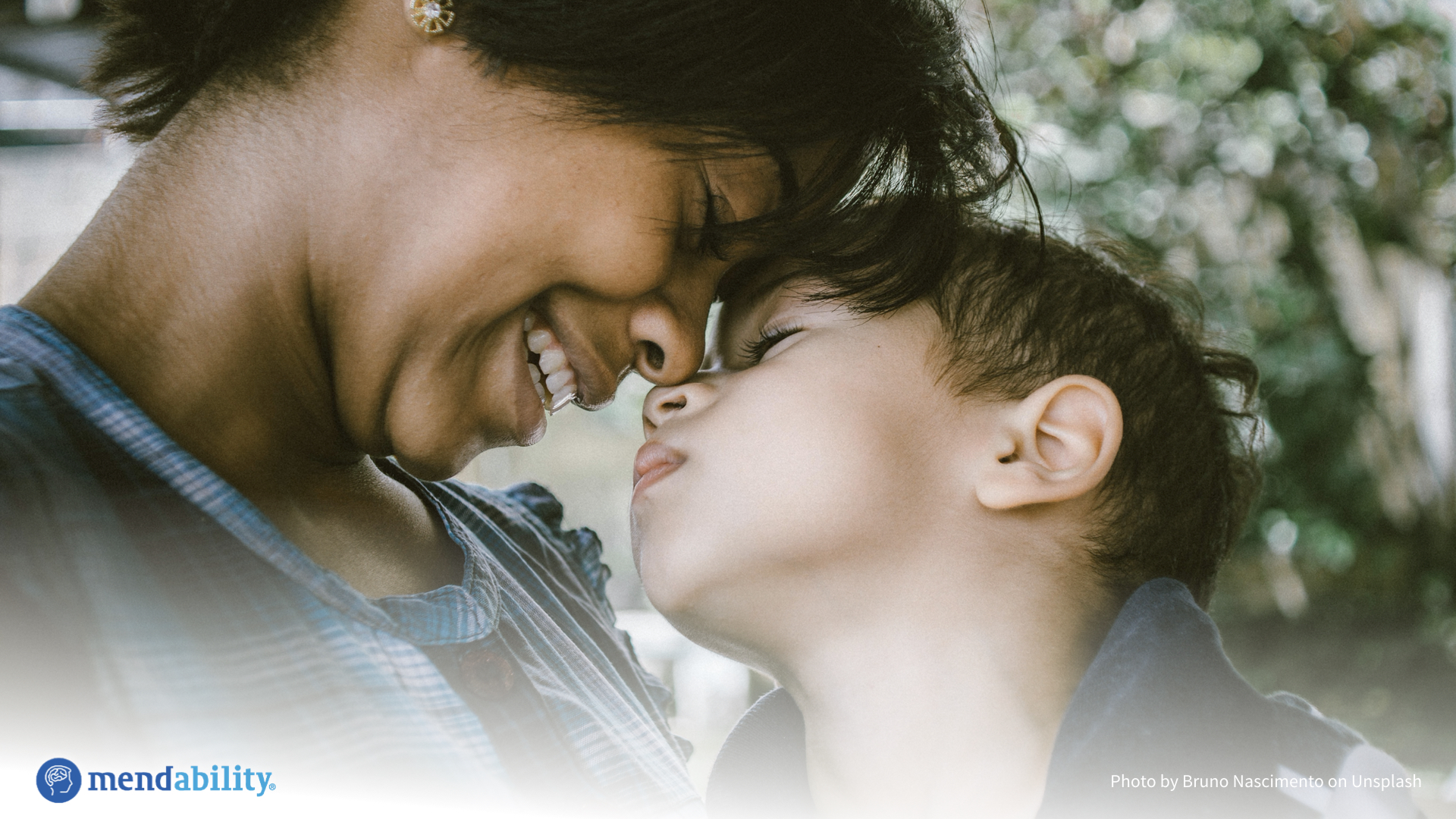
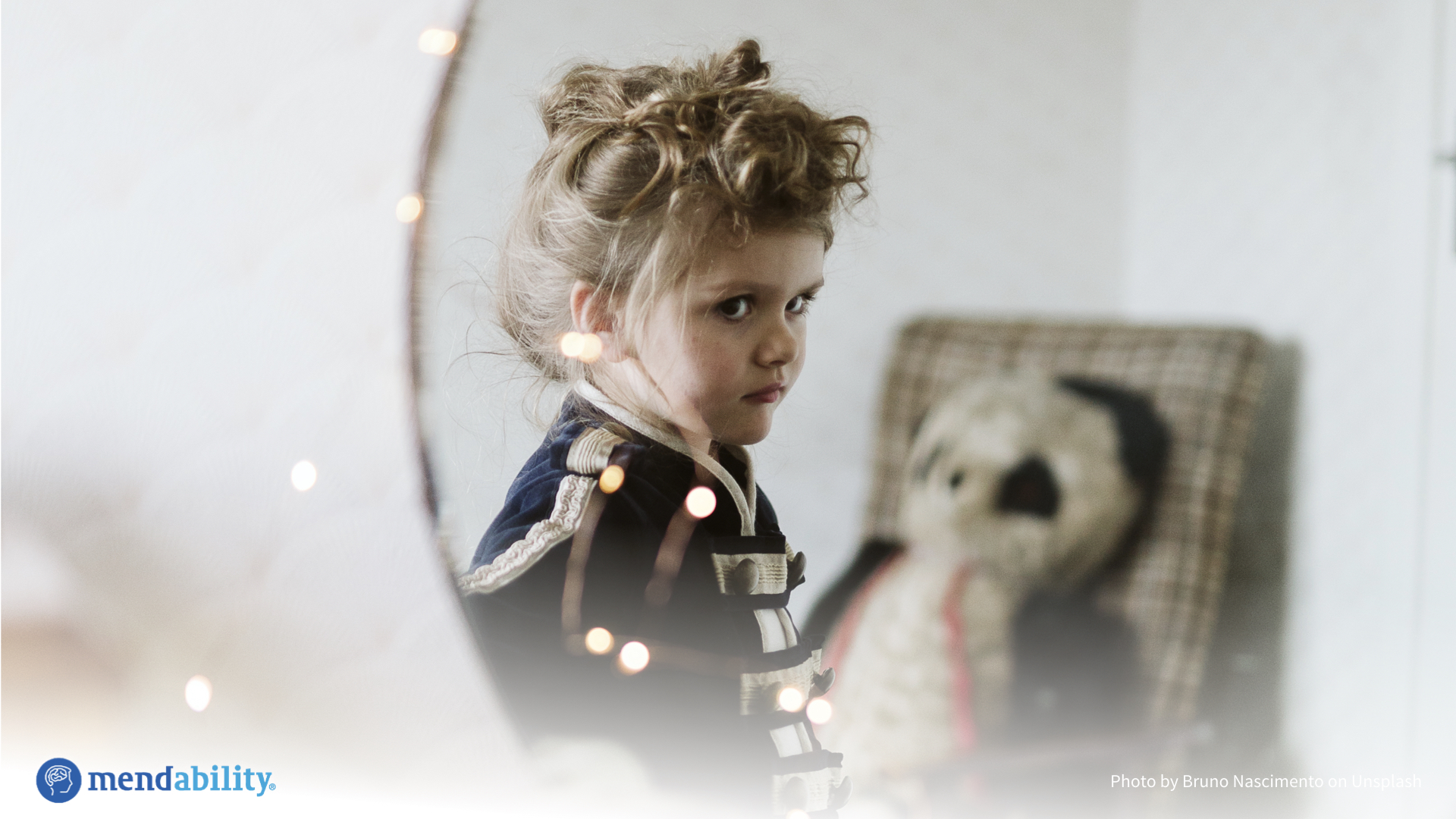

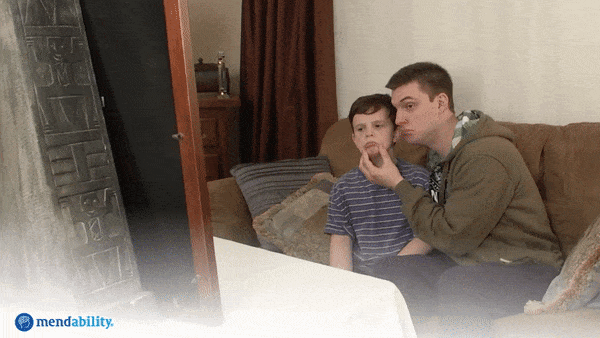
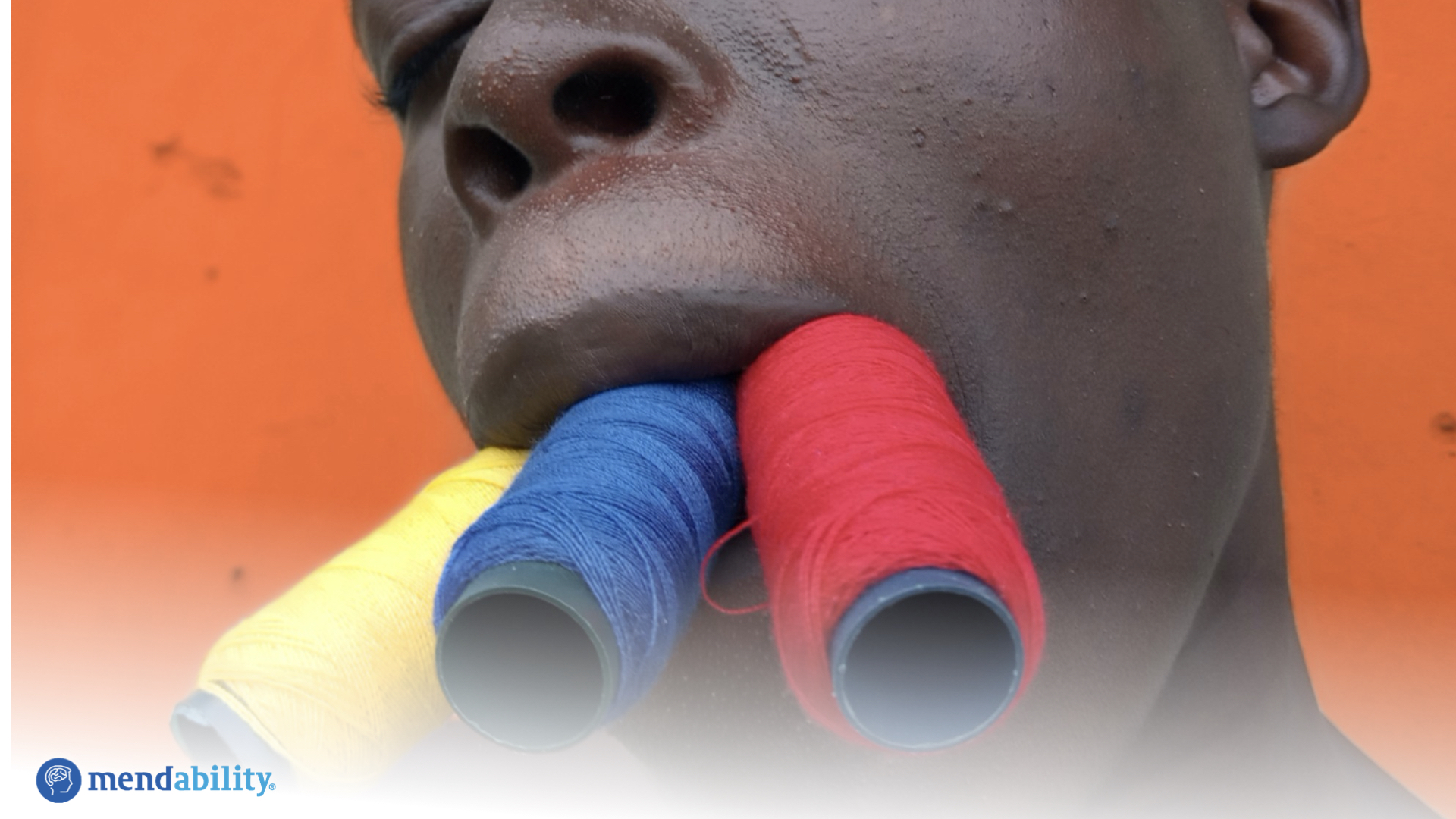

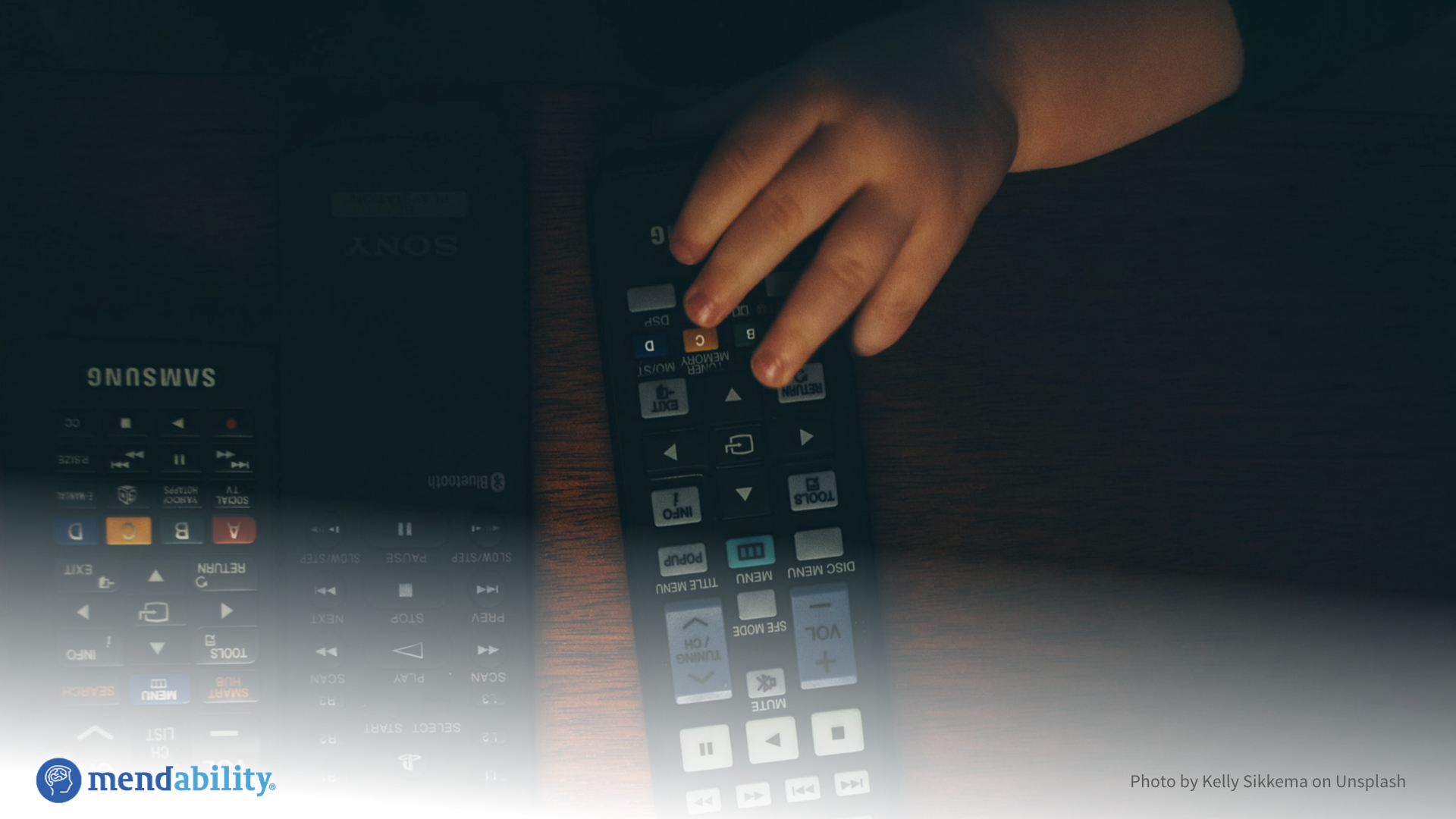
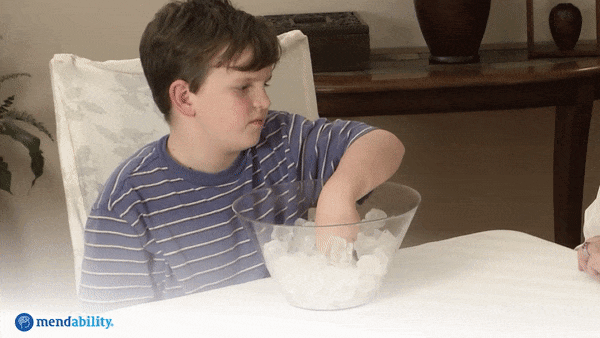
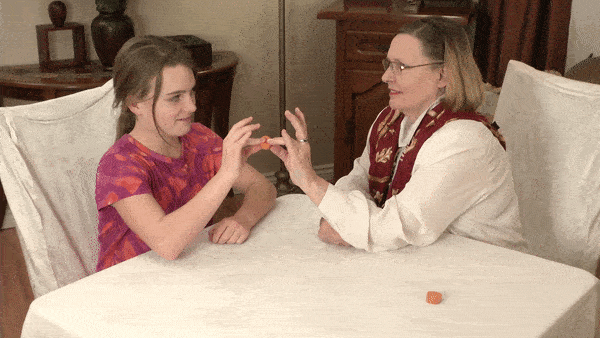
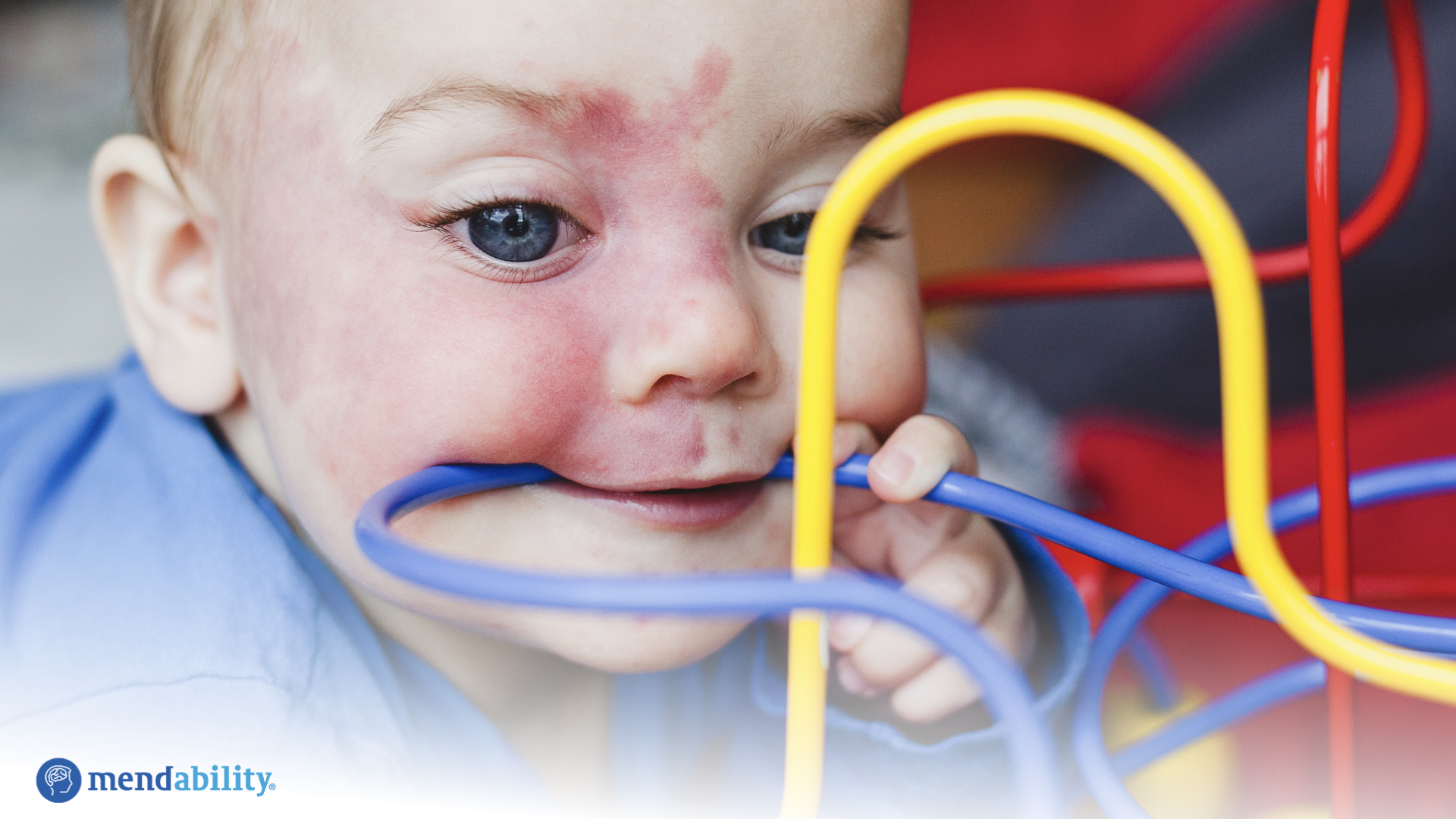
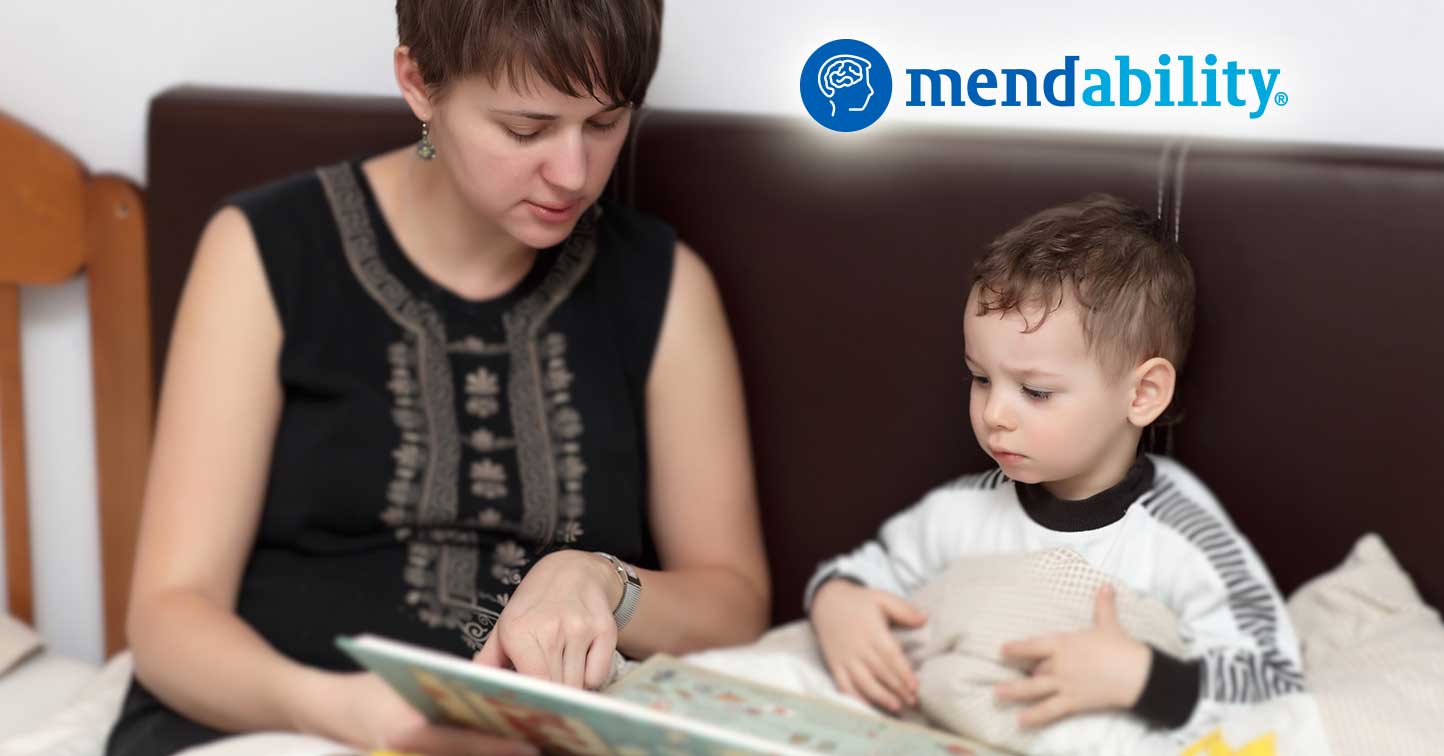

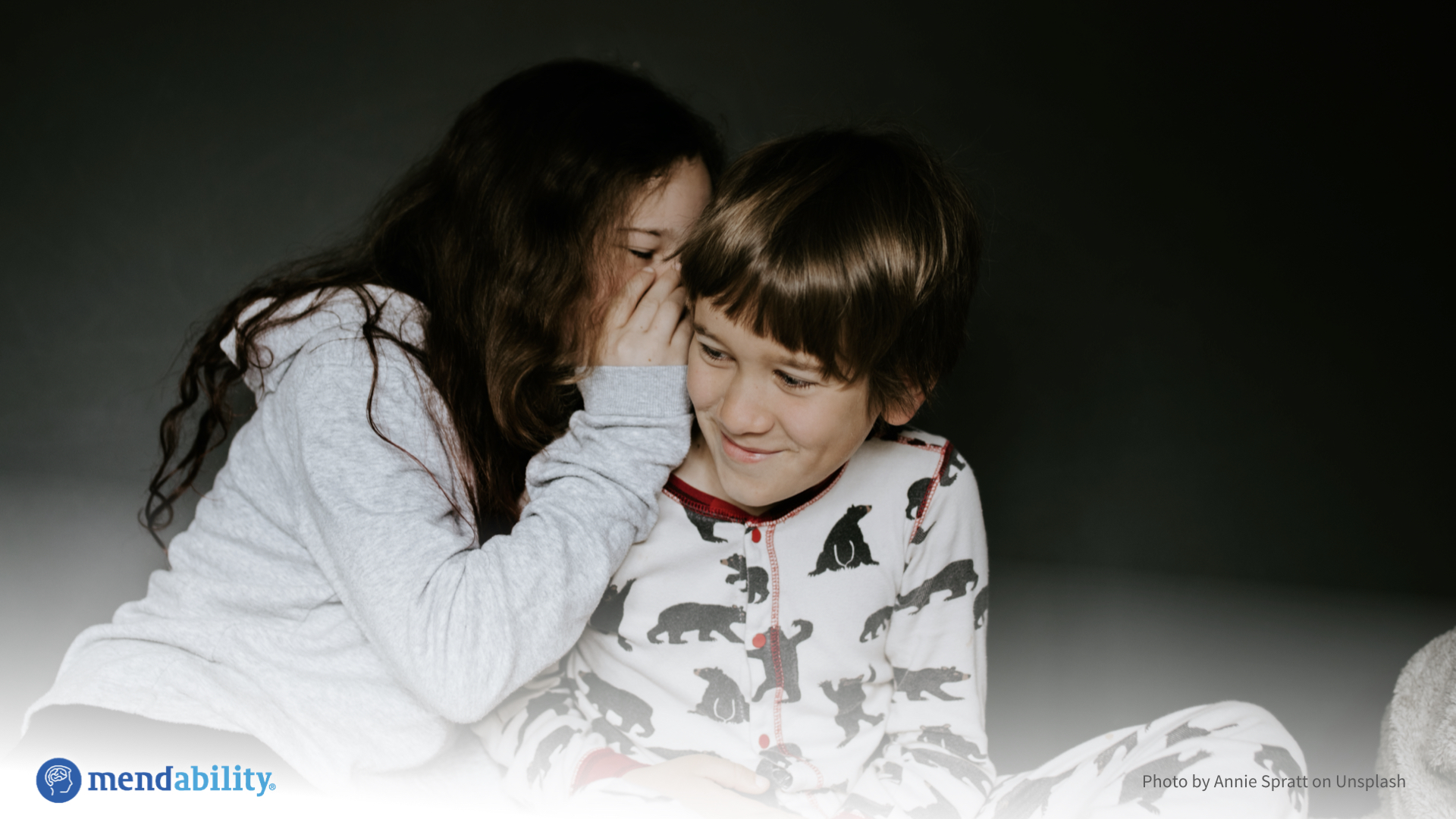

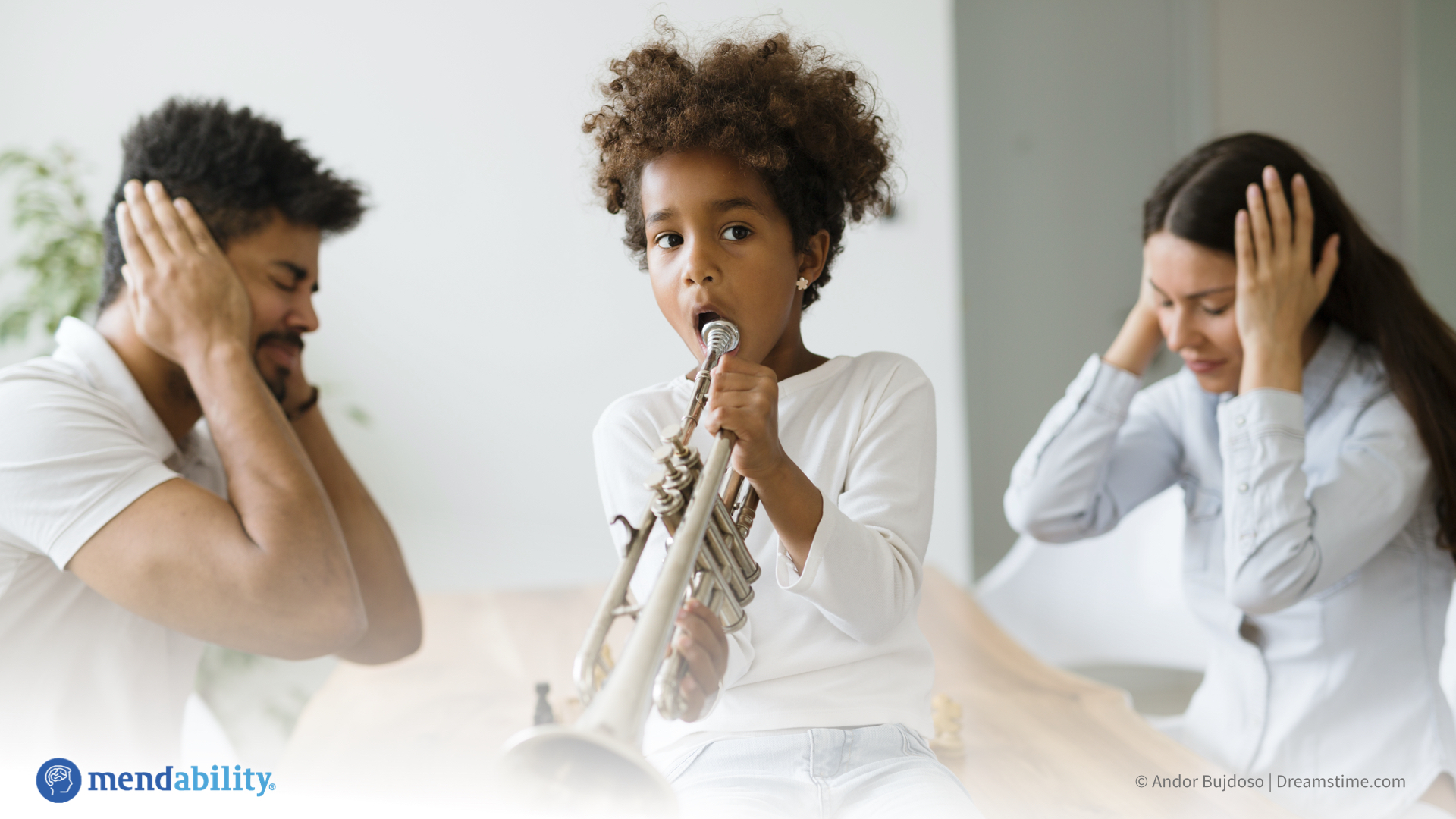
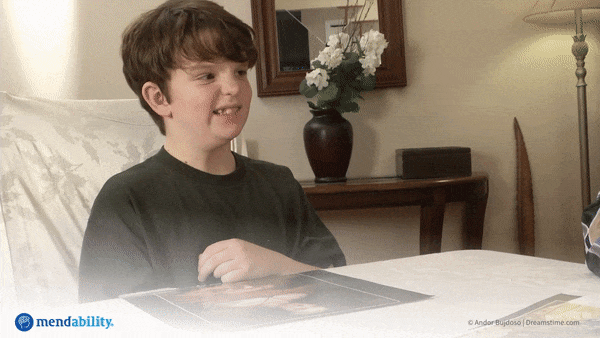
My 1year old seems to be stuck at the raspberry and biting stage
Not sure how to advance him.
Hello Amanda, you’re right that at 1 year old they should typically have advanced past these early developmental milestones. Have you tried incorporating some of the advice we give in the article, like adding new dimensions to their saliva play, hand play, experimenting with flavors, textures and temperatures? If you would like to speak with one of our therapy coaches, please have a look at available times here: https://mendability.com/scheduling/free-consultation
Thank you very much. It’s very interesting. We are doing those things. Now we are at stage 9-10, words and putting words together, letters together. There are not clear words, more like imitations, vocalizing, still we are proud of our progress. My son has a few words he know and uses.
Hi Kristina, did you read part 2 that covers these later stages? https://mendability.com/autism-therapy/speech-autism-therapy/speech-development-milestones-checklist-adult/
Very helpful training and will pass it along to clients. It is very nice to have the pictures throughout.
Thanks, Sharron. The first version did not have pictures. They were added after feedback from other readers. :-) If you see anything else, or have any unanswered question, please let us know so that we can keep updating this article.
My 12yr.old son is making sound and vocalising and sometimes repeats what is being said to him. He also mouths non edible objects makes faces in mirror laughs aloud likes songs and music likes to watch action sequence like car chase. He is a picky eater. He uses only single words like water chips fruitjuice for indicating his needs sometimes. There is not much progress in his speech since a long time. What activities would you suggest for hid further development. What sort of stories should be read to a 12 yr old. I have tried reading to him but he doesn’t pay attention. He likes to play with strings beaded thread by rolling them between his fingers. . He chews bits of papers small toys.
Hello Sumbul, from what you describe, we recommend that the biggest influence on his speech development will come from your interaction with him. We talk more about this in Part 2, but in your situation we still recommend that you read to your child. If reading is not engaging enough, consider singing or reading poetry. The variation in tone, rhythm, the rhymes, the emotions will contribute to his experience. We also describe in Part 2 an activity that we call “conversation time” where you ask open-ended questions on topics of interest in a relaxed, non-pressured environment and with some multi sensory inputs, even if you don’t expect him to respond. Again, more details are found in the article. I will attach a link as we are almost ready to publish it.
Very informative!!! Eagerly waiting for 2nd part.
Hello Juhita, part 2 is now published: https://mendability.com/autism-therapy/speech-autism-therapy/speech-development-milestones-checklist-adult/
Enjoyed seeing various levels to celebrate. The #1 joint attention dealing with emotion between two people connecting occurs nicely with activities I have seen used with Relationship Development Intervention. I look forward to reading more of article #2. Your article gives a lot of insight in how to make the most of the other stages which set the brain network up for language.
Thanks, Sharron. We should have part 2 ready soon. Then we will work on part 1 to implement the feedback we have received already, especially to break it up with images.
My son’s speech problems are caused by an auditory processing disorder, in his case a delay between his ears receiving a sound and his brain acknowledging it. If I whisper or use a normal voice to him, he won’t hear it.
Hello Emily. I spoke to our program director about your comment. She explained that speech volume may not be the biggest factor with his processing challenges since the mechanical steps are rarely where the delays happen.
She recommended that giving the brain opportunities to process complex sounds in a non-speech context has helped many of our clients and could be useful to you too. She recommends symphonic music for 5 to 10 minutes each day, preferably with headphones to ensure no interferences. It does not need to be classical music, it can be movie scores. Preferably no modifications to the music and no lyrics to avoid all speech processing and focus only on sounds and music.
One final note about speech volume. The suggestion to whisper is also to miminize the possible stress response that would come as a result of processing loud sounds, which would exacerbate his reaction, and make it even more difficult for him to process the conversation.
Of course, these are only general suggestions. You are the best judge of the ideal volume.
I hope they are useful food for thought.
Any research and studied communication statistics is interesting to read about on how to help with special needs children learning language. Our non verbal boy is doing all from 1-5 on your scale.
it would be interesting to read more about your research into if your recommendations help to enhance speech by your ideas of how to move forward in language development..your ideas seem wise but what are the studies behind your ideas..do you have any statistics that the ideas work?
Hello Vendela. The recommendations are ideas that can be implemented safely in a non-therapeutic context. Speech delays are much more complex than a few wise (thank you for the compliment!) ideas and really require a more focused approach, like speech therapy.
In randomized controlled trials, Sensory Enrichment Therapy shows that it helps accelerate speech development. I will refer you to the page on this web site where we review the clinical data on that. https://mendability.com/clinical_data/
You will see that the third paper, published in 2016, on Sensory Enrichment Therapy, speech improved by about 20% on average over a period of 6 months. That’s over 1,002 samples.
I wish I had this list when Daniel was new born. Thinking to the time he was a baby we never ever experienced that Daniel would have some sort of speech delay or autism. All checks with family Dr he scored and passed all milestones. Daniel was using words, beautiful eye contact and playing with other toddlers until the age of around two. What happened and why we have absolutely no idea.
Some pictures would make this more fun to read and also break it up a little bit almost like in chapters.
Thank you ?
Thanks for the feedback, Sara. Claudie is a real wealth of knowledge about neurological development. :-) We’ll be working on breaking up the chapters with photos.
Although speech is not a particular problem for my child, I found the article very interesting and clearly written.
Thanks, Raya. :-)